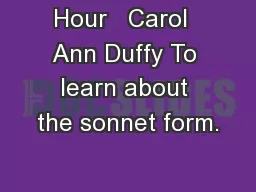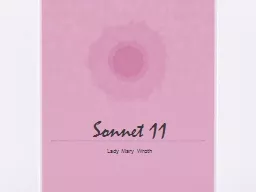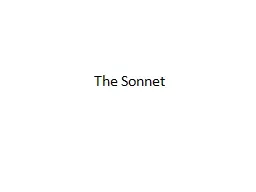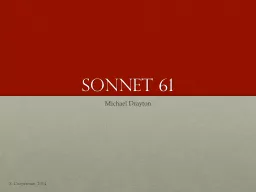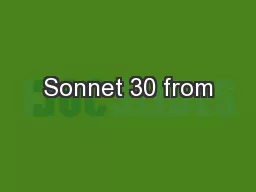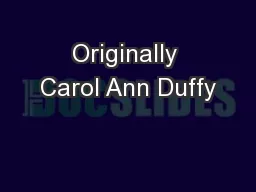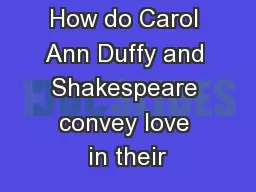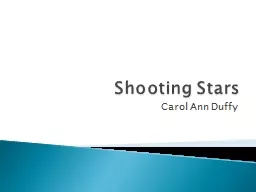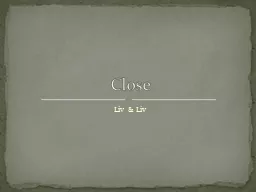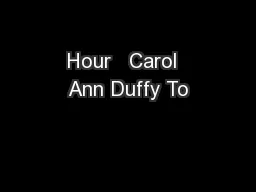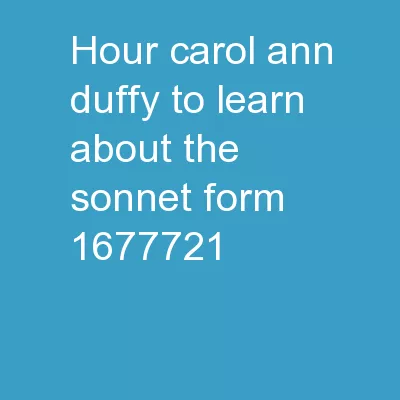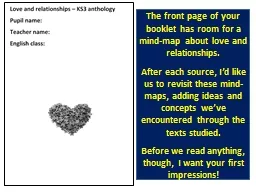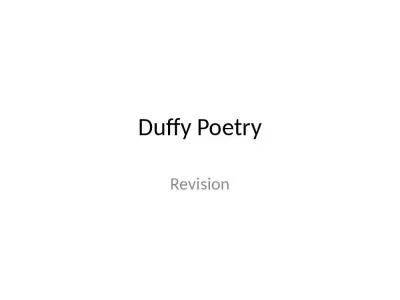PPT-Hour Carol Ann Duffy To learn about the sonnet form.
Author : ellena-manuel | Published Date : 2018-11-02
To analyse the poem Hour by Duffy Friday 23 February 2018 Analysing Poetry First step Subject amp message What is the topic of the poem What is the message
Presentation Embed Code
Download Presentation
Download Presentation The PPT/PDF document "Hour Carol Ann Duffy To learn about t..." is the property of its rightful owner. Permission is granted to download and print the materials on this website for personal, non-commercial use only, and to display it on your personal computer provided you do not modify the materials and that you retain all copyright notices contained in the materials. By downloading content from our website, you accept the terms of this agreement.
Hour Carol Ann Duffy To learn about the sonnet form.: Transcript
Download Rules Of Document
"Hour Carol Ann Duffy To learn about the sonnet form."The content belongs to its owner. You may download and print it for personal use, without modification, and keep all copyright notices. By downloading, you agree to these terms.
Related Documents

